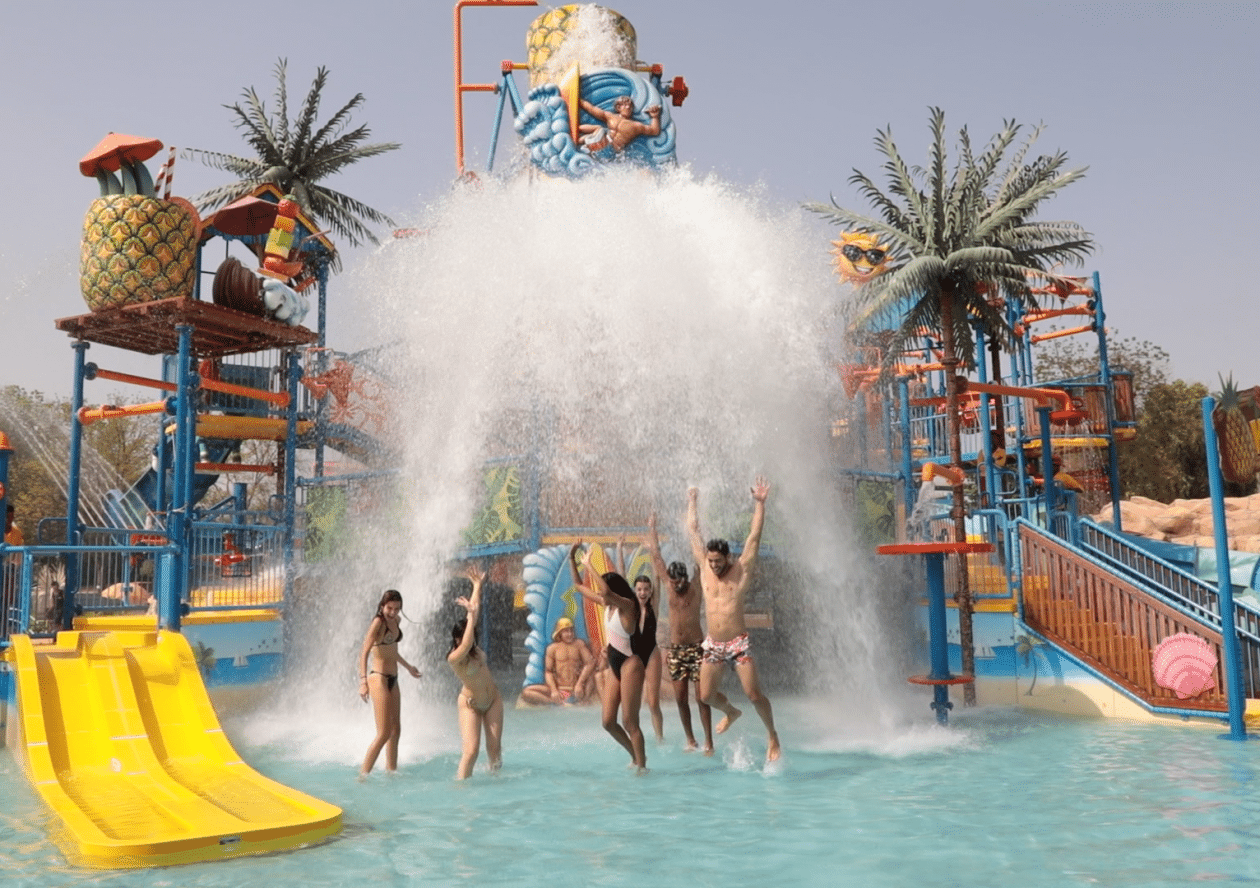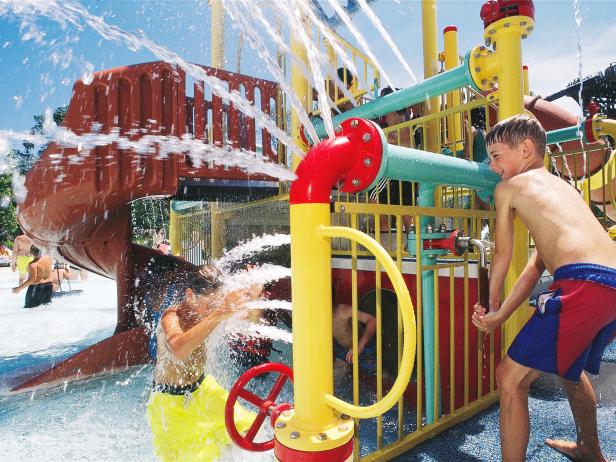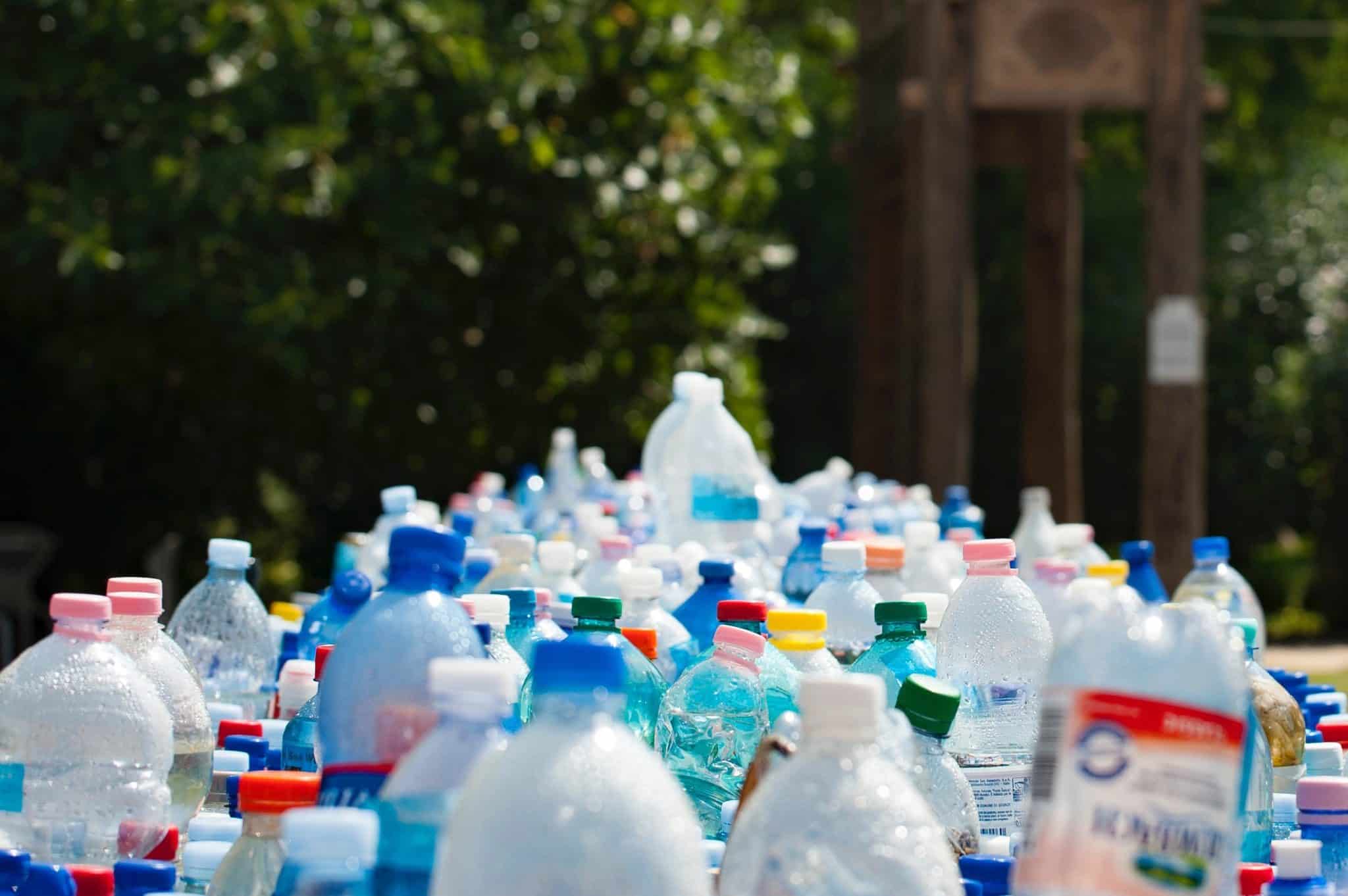Are you wondering whether water parks recycle and reuse water?
In today’s age, we understand that water has become a scarce resource, and it’s crucial to save water, especially in places with a huge potential for water wastage, vis-a-vis water parks.
Water parks are the ultimate escape in summer, providing relief from the scorching sun. But they also must make you wonder about the massive volumes of water used.
Do water parks let this water go down the drain, or is there a smarter approach to recycle or reuse this water?
Let’s know the truth about water usage in water parks and how they treat it.
The Water Footprint of Water Parks
Water footprint means how much water you are consuming daily to sustain. Its a similar concept to carbon footprint, where you track your carbon emissions that happen in daily life.
Water parks use much water daily and naturally have a significant water footprint. In other words, they are one of the top water consumers in any area.
On any given day, thousands of gallons of water are required to fill pools, maintain wave systems, and ensure the smooth operation of slides and various rides.
You can check out the Wisconsin indoor water parks to first see how much water a water park needs daily.
To dig a little deeper, we can also factor in evaporation (especially in summers), splashing, and routine water changes due to hygiene and maintenance, and the water usage multiplies in no time!
This high demand for water raises imperative environmental concerns, especially in areas with a water shortage problem.
Some argue that such high water usage, only for recreational purposes, is unsustainable and unethical.
And even some water parks have acknowledged this genuine concern. Thus, many modern water parks are moving towards sustainability of water usage.
They are now focusing on water recycling and conservation. Nonetheless, understanding and reducing the water footprint of water parks remains essential to save the world from water scarcity.
The Evolution of Water Management in Parks
After acknowledging the problem of excessive water usage, water parks have transformed water management to make it more environmentally sustainable.
In the past, the situation of water parks was quite different. They relied heavily on freshwater sources, leading to concerns about environmental impact and sustainability.
However, they quickly recognized the water wastage and shifted actively to conserve water as their awareness grew.
Modern water parks are leading in the way they conserve and rescue water.
From excessive to mindful usage, the journey of saving water was well-planned and properly executed.
For instance, adopting advanced filtration systems ensures that water remains fresh, clean, and germ-free even after 1000s of people use them.
Treatment processes have been refined to eliminate contaminants effectively, safeguarding the visitor’s health.
Moreover, introducing a closed-loop system is a positive step towards sustainability. These systems help drastically reduce the freshwater intake by recirculating water and minimizing wastage.
Additionally, water parks have also welcomed technological advancements. For instance, they started employing smart irrigation and rainwater harvesting to optimize water usage further.
Water Recycling: The Core of Modern Water Parks
The concept of water recycling is core to establishing sustainability in water parks.
Because instead of using fresh water continuously, many parks have implemented advanced filtration and treatment systems.
Here’s how it works:
- Filtration Systems: As visitors enjoy the rides and waves, the water gets contaminated with body oils, sweat, sunscreen, and other impurities, making the water murky and unfit. This is where advanced filtration systems help remove these contaminants to ensure the water remains clean and safe.
- Treatment Processes: After filtration, the water undergoes treatment to eliminate any bacteria or pathogens available in the water. This ensures that the recycled water meets health and safety standards.
- Closed-Loop Systems: In some parks, the water is circulated in a closed-loop system. As the name suggests, it means using the existing available water multiple times, significantly reducing the need for freshwater intake. This closed-loop approach reduces water footprint and makes the day-to-day operations more sustainable.
Beyond Recycling!
1. Water Conservation Initiatives
Recycling is important in saving water. However, water conservation goes way beyond just recycling the water.
Many water parks have adopted innovative and modern strategies to reduce their water footprint.
Some initiatives taken by water parks are:
- Smart Irrigation: Parks often have lush landscapes and gardens. So, parks can optimize water usage by employing smart irrigation systems that utilize sensors and weather data. This will ensure plants receive just the right amount of water so they don’t get dried up or overly irrigated.
- Educational Campaigns: Awareness is the first step towards water conservation. Many water parks run educational campaigns that teach visitors about the importance of water conservation and regularly encourage them to adopt responsible water usage habits in their homes and workplaces.
- Rainwater Harvesting: Some parks have dedicated rainwater harvesting systems to save water. This collected rainwater is used for various park operations and further reduces the dependency on external water sources.
2. Challenges and Solutions
While the shift and intent towards water conservation by parks is commendable, water parks face certain challenges in implementing and maintaining these initiatives.
Some challenges are:
- Initial Investment: Installing advanced water recycling and treatment systems requires a very high capital investment. However, we should remember that the long-term savings and environmental benefits outweigh the initial costs by a huge margin.
- Maintenance: Regular maintenance and monitoring are essential to ensure the optimum functioning of water management and treatment systems. This also means training the staff and investing in upkeep are all important aspects of sustainable water management.
- Regulatory Compliance: Where water parks are located, they must adhere to local water usage regulations and proper discharge. If they fail to do so, then their operational licenses might be rendered invalid, causing them financial loss.
Conclusion
We know that water parks are a huge attraction for a fun day.
Everyone loves the water parks, whether kids or adults, especially when the summers are too harsh.
Water parks act as the perfect relief and provide a much-needed escape.
However, we cannot be blind to excessive water being used, saved, and conserved.
Luckily, water parks have taken the responsibility of sustainable water management.
Through innovative recycling initiatives and various conservation strategies, water parks are doing better than before regarding mindful water usage.
We, as visitors, can also be mindful of our water usage and can help in a big way to fight for the cause of water conservation.





